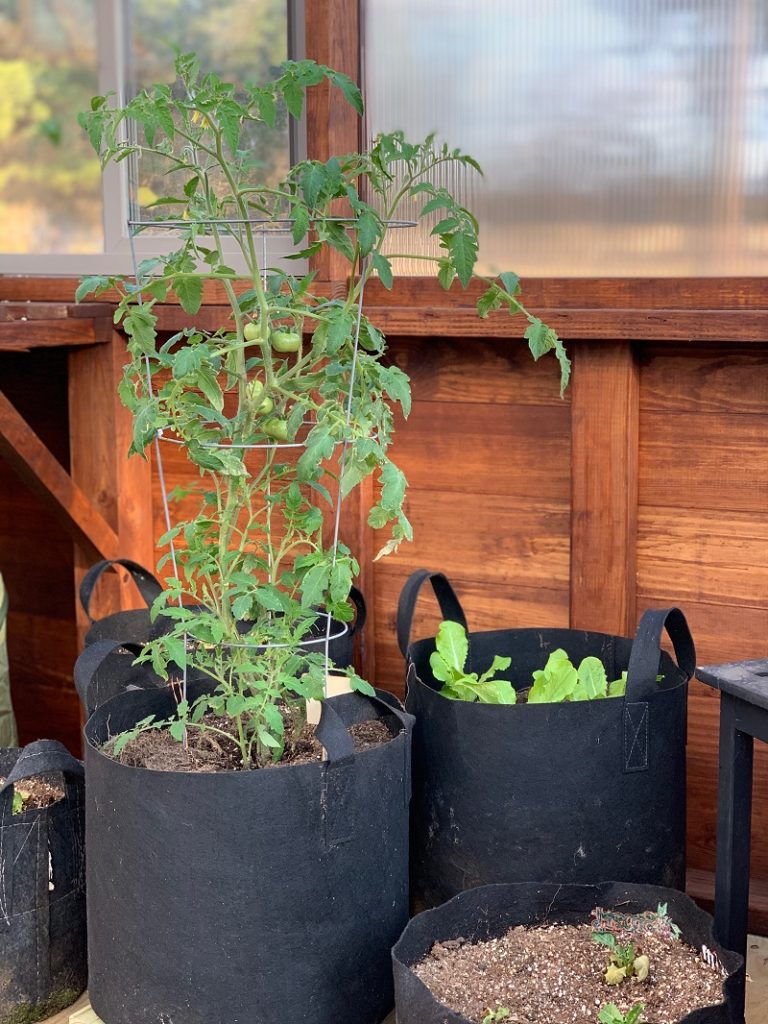Grow Bags for Vegetable Gardening and More
What exactly is this container gardening trend called grow bag gardening? And why should a vegetable gardener consider using grow bags for the edible garden?
Although I have a large in-ground and raised bed garden, I have recently embraced the world of container gardening in grow bags, and in just a couple of seasons, I’ve seen massive benefits to it.
Whether you are limited on space, time, or energy; or you’re looking to add more flexibility and options to your current garden, grow bags may earn their place in your garden plan. To learn more about this container gardening option, I talked with Epic Gardening’s Kevin Espiritu. He literally wrote the book on growing in grow bags — called Grow Bag Gardening.
To listen to our conversation in this episode of the Beginner’s Garden Podcast, click below. Or continue reading for the highlights.
What’s a Grow Bag?
A grow bag is a fabric pot made out of either a fabric/fiber or more commonly recycled plastic blend. They are typically dark-colored and some have handles on each side for portability. They come in various shapes and sizes.
What can you grow in grow bags?
The beauty of grow bag gardening is that anything you would plant in a raised bed (and most of what you would plant directly in the ground) can be grown in a grow bag. This is especially appealing to those in small spaces or urban areas, where space is a major limiting factor to an edible garden.
Tomatoes, cucumbers, squash, or most of your typical summer growing harvests can easily be grown in grow bags. They can be trellised up nicely, straight from the grow bag. They can also be easily moved around to help get the best sun/shade needed, making them great grow bag options.
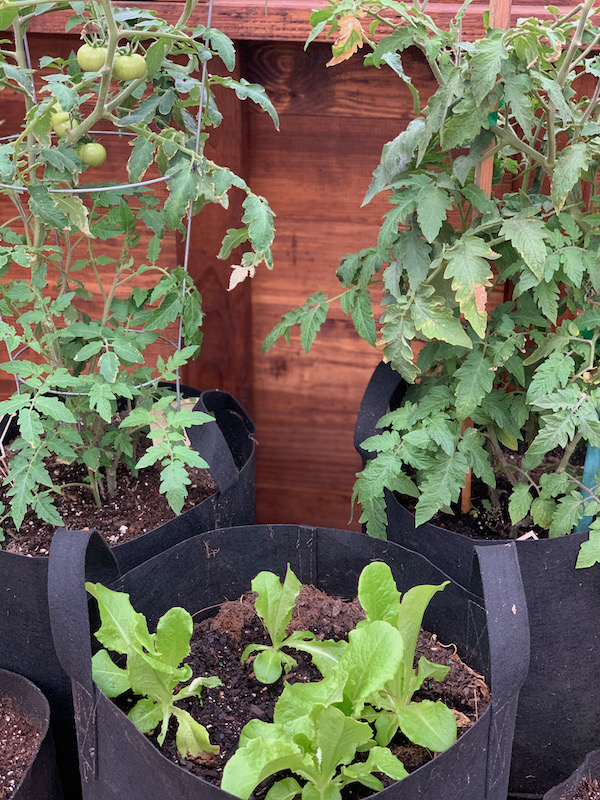
Cool-season crops like lettuce and greens fill out a grow bag, providing ample harvest. Even root crops like carrots, beets, onions, and garlic grow splendidly in grow bags.
How do I grow potatoes in grow bags?
Another popular option is to grow potatoes in grow bags.
To get started, approach the planting time just like you would if you were planting potatoes in the ground. When the potatoes begin to sprout (the “eyes” grow about an inch long), it’s time to plant.
But what size grow bag should you use for potatoes? Aim for a 10-pound grow bag or larger. A good rule of thumb is 1 potato per 5-pound bag.
Grab your grow bag, fill it up with 4 inches of soil, throw in your potatoes, and top with another 4 inches of soil. Water the bag and wait. During this time you don’t have to worry about keeping the bags in the sunlight; they can even just hang out in the garage! Once you see them start to sprout, though, move them into the sun and roll the sides of the bags down so that your potatoes can have full access to sun.
As your potato plants grow every 4 inches (the leafy part), top it off with soil and continue to roll your sides up until it’s grown so tall that you’ve rolled them all the way up. Make sure you provide plenty of water, especially as the potatoes grow larger and need more irrigation.
I have a garden. Why do I need grow bags?
I have a garden, too! It’s a very large in-ground space with an additional 13 raised beds. However, as gardeners, I think we always aspire to grow more or in my case, increase my flexibility and diversity.
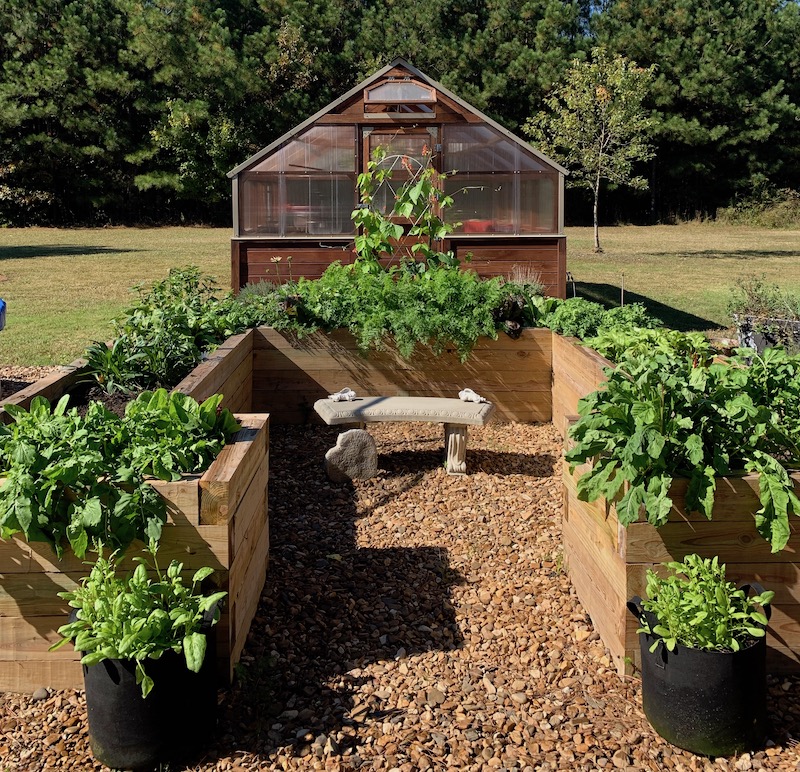
I have begun to grow crops I harvest for fresh eating in grow bags that I situate right outside my kitchen door. That way, I can grab a slicing tomato, jalapeno pepper, or green for a salad quickly and easily.
In addition to being able to expand what you grow by utilizing grow bags, one of the greatest opportunities with adding them to a larger garden is the ability to plant flowers and herbs to attract beneficial insects.
Planting pollinator attractants in your grow bag, where you have the ability to move them around your garden as needed is a great way to add diversity to your in-ground or raised bed garden.
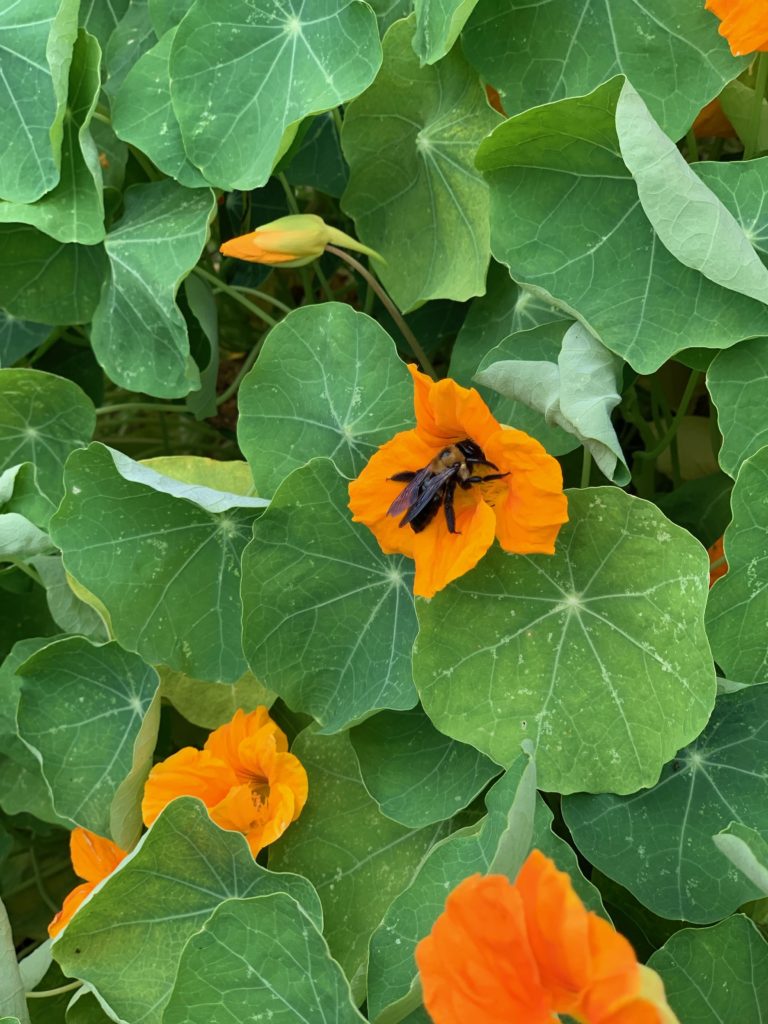
Another trick of the grow bag trade is to plant nasturtium in a grow bag and place the bag next to a crop that typically attracts pests (like cabbage and kale). This allows aphids to flock to the nasturtium rather than the edible crops and helps control the pest population.
You can also use grow bags to plant perennials. I know I don’t care to grow my perennial herbs in the same beds as my annual crops, as some of them can be pretty invasive. Grow bags solve this problem allowing those spreaders to be a bit more contained while bringing their flowering benefit to the edible garden.
How big of a bag do I need?
A good rule of thumb is to use the square foot gardening technique that you would in a raised bed and adapt that as best you can to your bags. This is going to be a judgment call for the most part. Just remember for most of your classic summer crops, keep your bag at a minimum of 10 gallons.
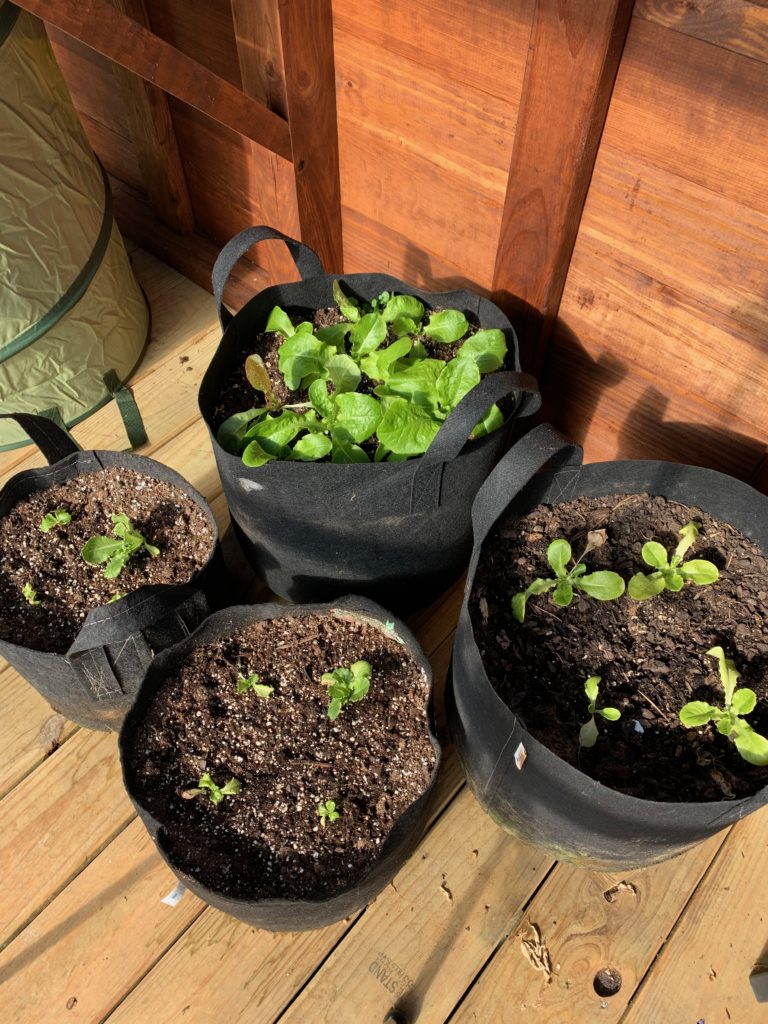
Is there a rule for growing perennials in grow bags?
While you should be able to grow anything you’d plant in a container in a grow bag, perennials require a little more attention. It’s always a good idea to size up your grow bag no matter what you’re planting, but especially if you’re planting a perennial crop.
For perennials, you’ll need to consider the growth habit of the plant. Does it stay compact (like sage) or does it have an aggressive growth habit (like mint)?
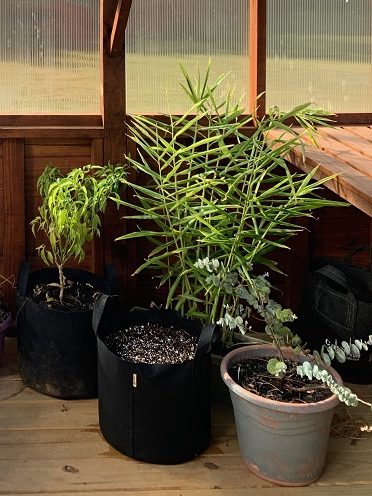
Depending on the perennial you’re growing, once they get to a certain size, they may struggle to grow in the bag, just like they would a container. So be prepared to “pot up” when necessary.
In Kevin’s book, Grow Bag Gardening, he goes into great detail on growing all sorts of perennial herbs and even fruit trees in grow bags.
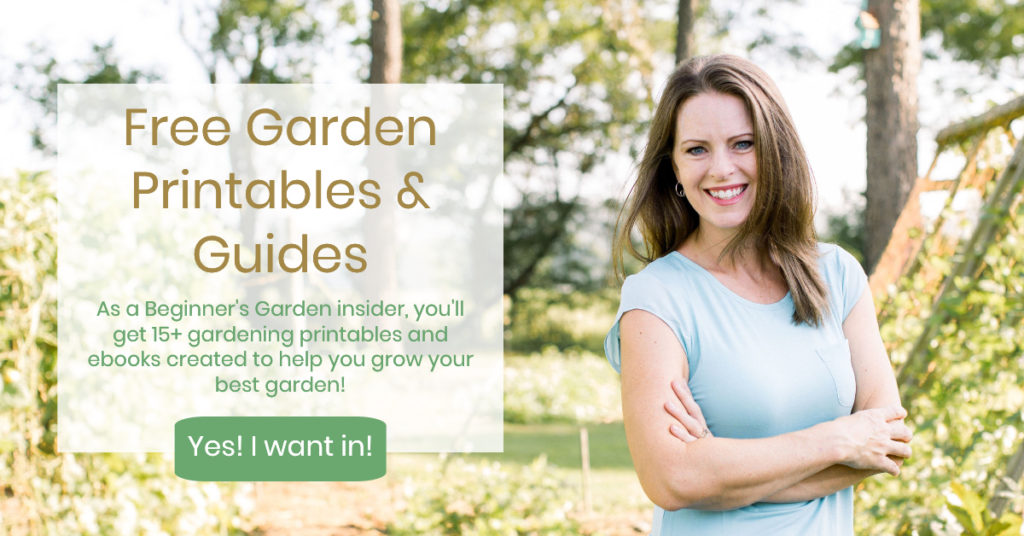
What is the best soil for grow bags?
The first thing we need to consider is that one of the greatest attributes of grow bags is the air pruning benefits (explained below). But, the downside of this is that with more soil exposed to the air, watering must be more carefully monitored.
You will have to water more in your grow bag, and with this, you risk flushing nutrients out. So, if you want to use a regular potting mix or even if you make your own mix, a good rule is to add extra nutrients and water retention ingredients to the mix, at around 10-15% of the mixture. Common options are compost, worm castings, and/or vermiculite.
For easy soil recipe ideas, Kevin gives several different grow bag soil mix recipe blends in his book.
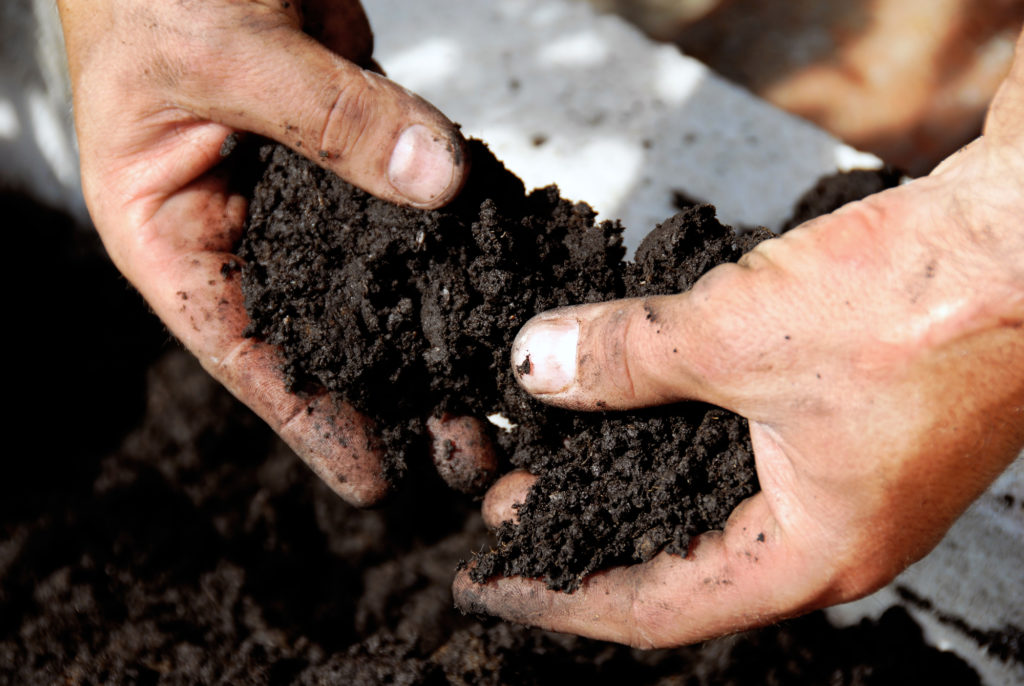
What is the benefit of growing in a grow bag vs. a container?
When you plant in a container with a hard surface, as your plant starts to outgrow its space, the roots of the plant end up hitting that wall. But the roots have not really received the signal that it’s being blocked and so instead they begin to circle.
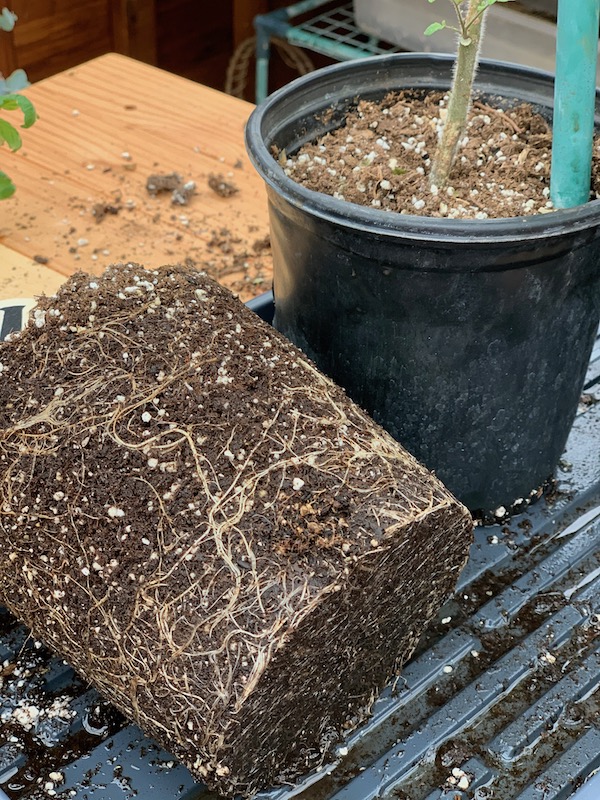
As most of us know if we’ve planted in containers, the plant starts to make an imprint of itself inside that pot with its roots and this leads to a rootbound plant.
However, when the roots of a plant reach the sides of the grow bag, they’re basically hitting a side pocket of air because the grow bags are such porous surfaces. Consequently, the root tips will stop growing and send a signal to the plant to send out more roots. This allows the plant to form a more robust root mass inside the bag, keeping your root structure from circling.
Is there special care required for watering grow bags?
As we discussed with the soil, grow bag watering is a little bit more finicky than containers, but essentially, it’s the same process you would use to water in containers. Because of the extra benefits you get with air pruning, you need to pay more attention to your bags for the watering process.
A great check up is to nudge the bags with your foot and if they don’t give at all, they are probably plenty saturated. If they do give (and especially if they move a lot), they most likely need more water.
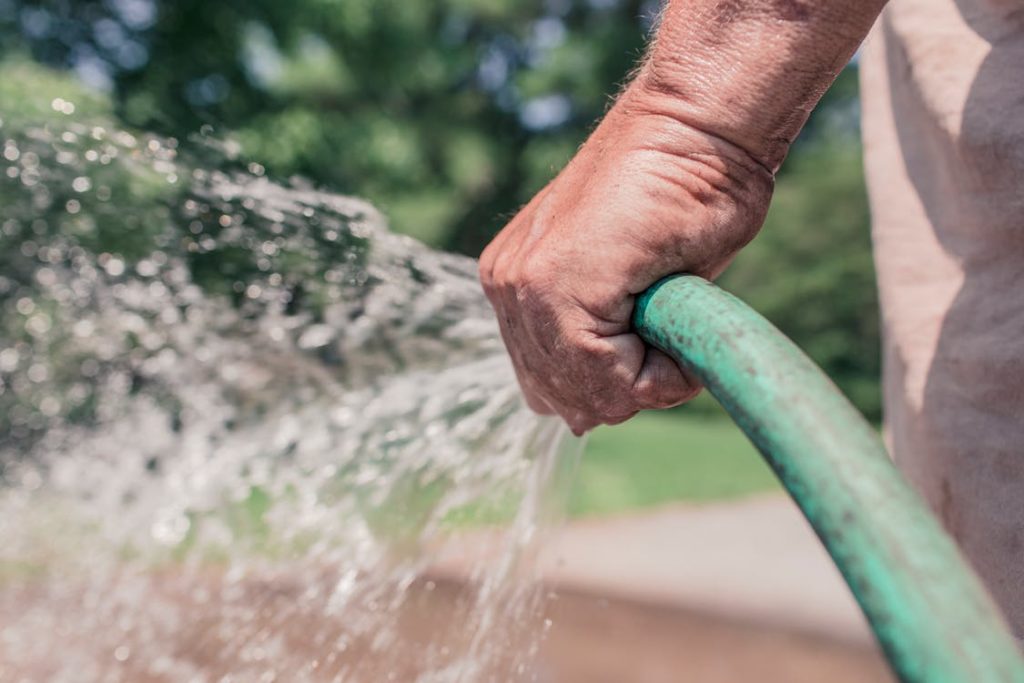
Once you get several bags, you can easily incorporate drip irrigation. Another good method is bottom watering. You can add a few inches to the bottom of a plastic kiddie pool and leave your bags inside and over the course of a few days, it will use all of that water. This method is ideal if you leave for a weekend.
Does it matter what brand of grow bag I use?
Yes. You want your bags to be BPA free and a good rule of thumb is to avoid some of your bigger online markets where you can’t identify where your bags came from. Kevin recommends SmartPots, Boot Strap Farmer, or your local farm supply store.
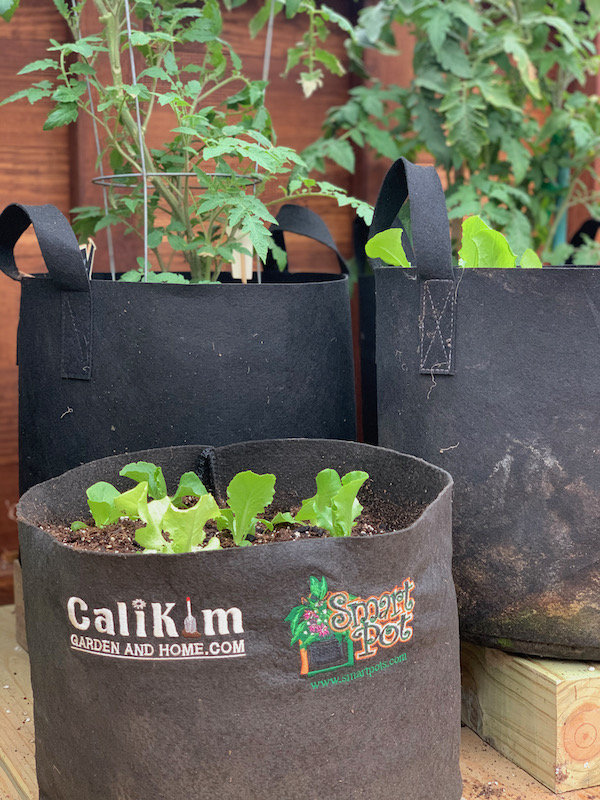
Hopefully, this is a good starting point for you if you’re new to grow bags! For more in-depth but easy-to-follow instructions and unique ideas for growing in grow bags, pick up a copy of Kevin’s book, Grow Bag Gardening.
Do you get overwhelmed with garden planning?

Subscribe here for my best tips to plan your garden in just 7 days -- all for FREE.
Plus, I'll send you my "In the Garden E-mail" on Fridays, periodic updates on garden resources relevant to you, and you'll receive access to my entire bank of free garden downloads!
You are also agreeing to our privacy policy.

